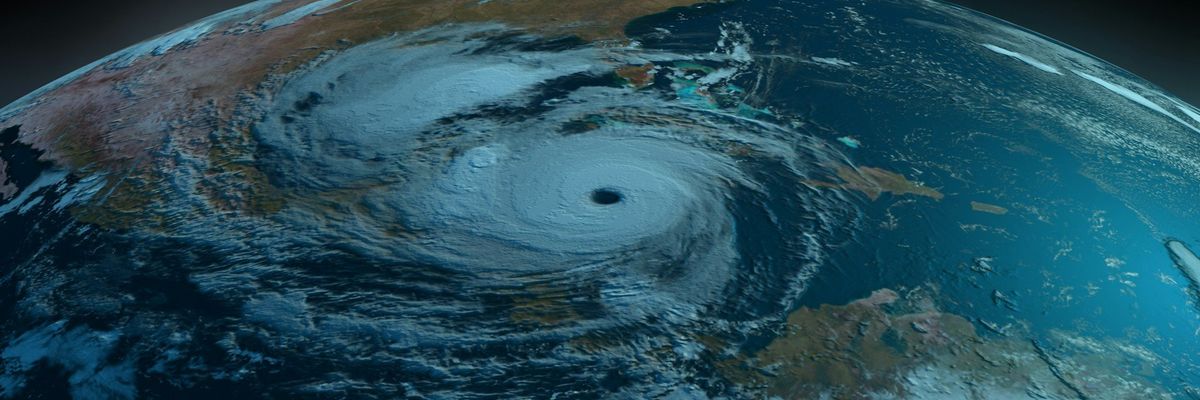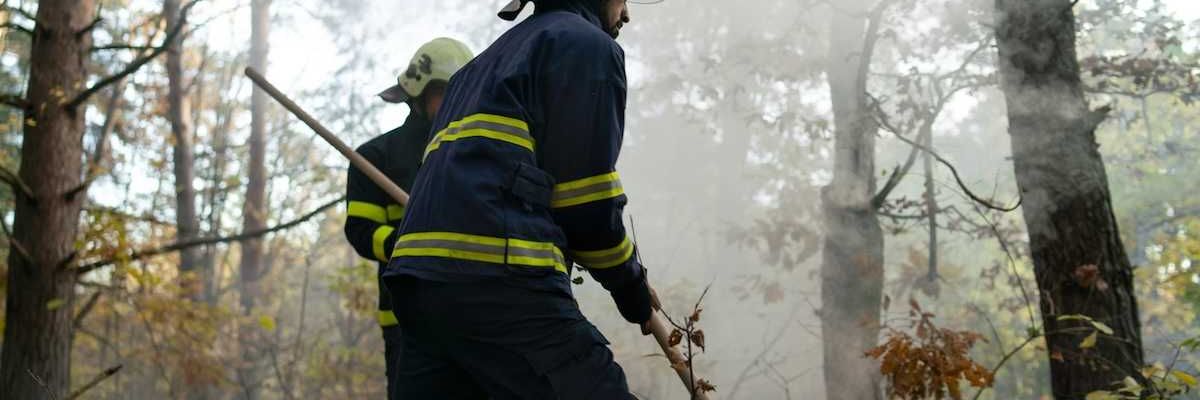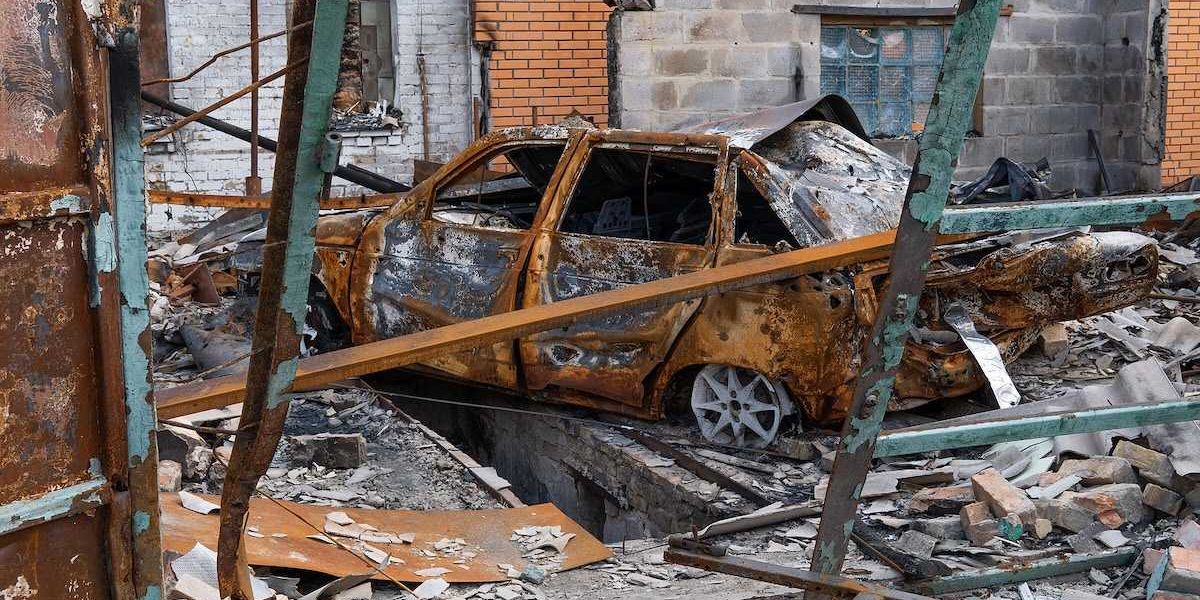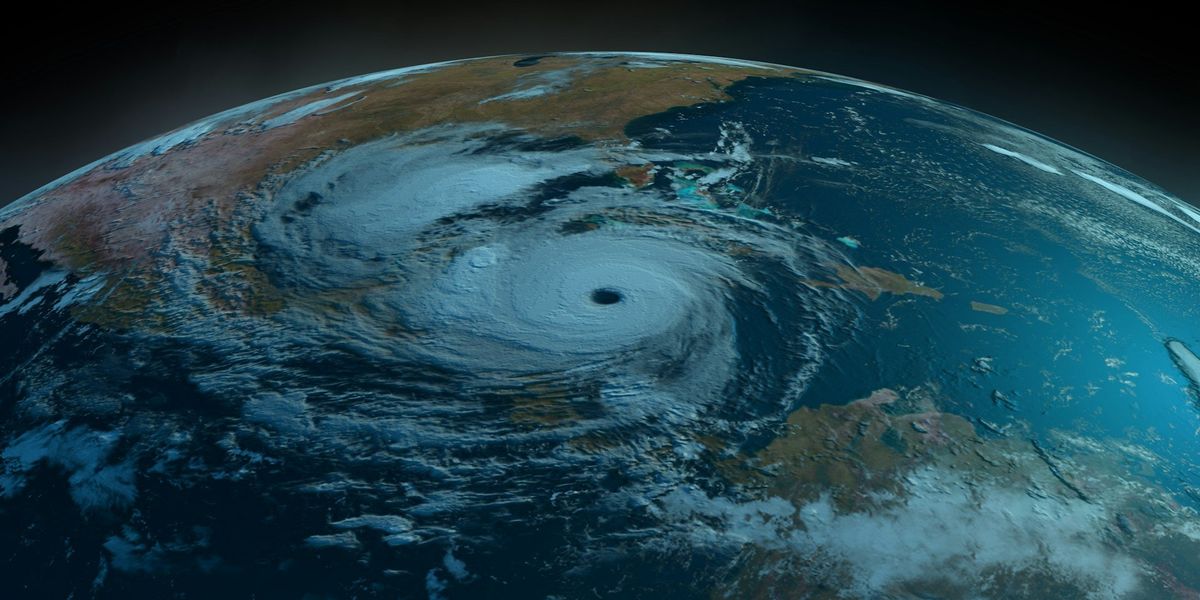firefighters
Wildfires in California burn fiercely through the night
Climate change is intensifying nighttime wildfires in California, making them larger and harder to control, as observed over the recent July 4 weekend.
In short:
- Wildfires in California are growing and spreading overnight due to climate change, challenging firefighting efforts.
- Overnight fires, now more frequent, expand rapidly and give firefighters less time to intervene.
- Continuous nighttime burning is linked to extreme weather conditions, including heat waves and droughts.
Key quote:
“Night won’t save us. With climate change, we will see more and more overnight burning.”
— Kaiwei Luo, doctoral student in environmental sciences at the University of Alberta.
Why this matters:
Nighttime fires present unique challenges for firefighters. The cooler temperatures and higher humidity that typically help to suppress fires overnight are no longer as reliable. Instead, hotter nights and drier conditions allow fires to spread rapidly and unpredictably, endangering communities and natural habitats.
Related EHN coverage:
Facing a wildfire crisis with underpaid heroes
U.S. wildland firefighters face dire circumstances, enduring unlivable wages and dangerous conditions while protecting the nation from wildfires.
In short:
- Wildland firefighters in the U.S., numbering around 19,000, grapple with salaries below a livable wage, homelessness, and PTSD due to the perilous nature of their work.
- The climate crisis exacerbates the challenges, with larger and unpredictable fires occurring year-round, putting additional strain on an already overburdened workforce.
- Efforts to improve conditions, including a pay raise in 2022, have been insufficient, and the profession faces a high turnover rate, endangering the effectiveness of wildfire response.
Key quote:
“This is a group of people who truly love what they do. It’s not just a job, it becomes so much a part of your life.”
— Riva Duncan, vice president of Grassroots Wildland Firefighters
Why this matters:
Wildland firefighters carry heavy equipment over rugged terrain, work long shifts—sometimes up to 16 hours a day for consecutive days—and operate in environments that can range from freezing cold to oppressively hot. This relentless physical exertion can lead to injuries and long-term health issues.
The exposure to smoke and particulate matter poses a serious health risk. Prolonged inhalation of these substances can affect lung function and exacerbate or lead to respiratory and cardiovascular diseases. Despite protective gear, the nature of the work often exposes firefighters to harmful levels of smoke.
As western wildfires become bigger and more intense, state and federal fire agencies are using more and more aerial fire retardant, prompting concerns over fish kills, aquatic life, and water quality.
Wildland firefighters face a national crisis amid low pay and high risks
The U.S. is grappling with a dwindling number of wildland firefighters, essential defenders against the escalating threat of wildfires, as inadequate government support and compensation push these crucial workers to the brink.
In short:
- Highly skilled wildland firefighters, essential in combating increasing wildfire threats, are leaving the profession due to low wages and high risks.
- The federal government's failure to adequately address pay and working conditions has led to a significant attrition rate among these crucial first responders.
- The physical and mental health toll on firefighters is exacerbated by exposure to dangerous conditions and bureaucratic hurdles in obtaining necessary support.
Key quote:
“Exposure to carbon monoxide and some of these other chemicals is going to impact the way we think.”
— George Broyles, a former wildland firefighter and public information officer
Why this matters:
The recruitment and retention of wildland firefighters have become increasingly difficult. The job is physically demanding, involves high risks, and often requires workers to be away from home for extended periods. Despite these demands, the pay and benefits for wildland firefighters have historically lagged behind other emergency response professions, making it less attractive as a career option.
As western wildfires become bigger and more intense, state and federal fire agencies are using more and more aerial fire retardant, prompting concerns over fish kills, aquatic life, and water quality.
Federal firefighters face steep pay cuts
Mental health crisis grows among climate change disasters first responders
How pop culture could hinder the public's understanding of wildfires
Six wildland firefighters reflect on the brutal job of battling blazes
Firefighters have stories that are often overshadowed by the fires they work on, but their struggles have undoubtedly garnered more attention recently as fire seasons grow, and as more firefighters leave the profession and advocate for those who continue to stick it out.









